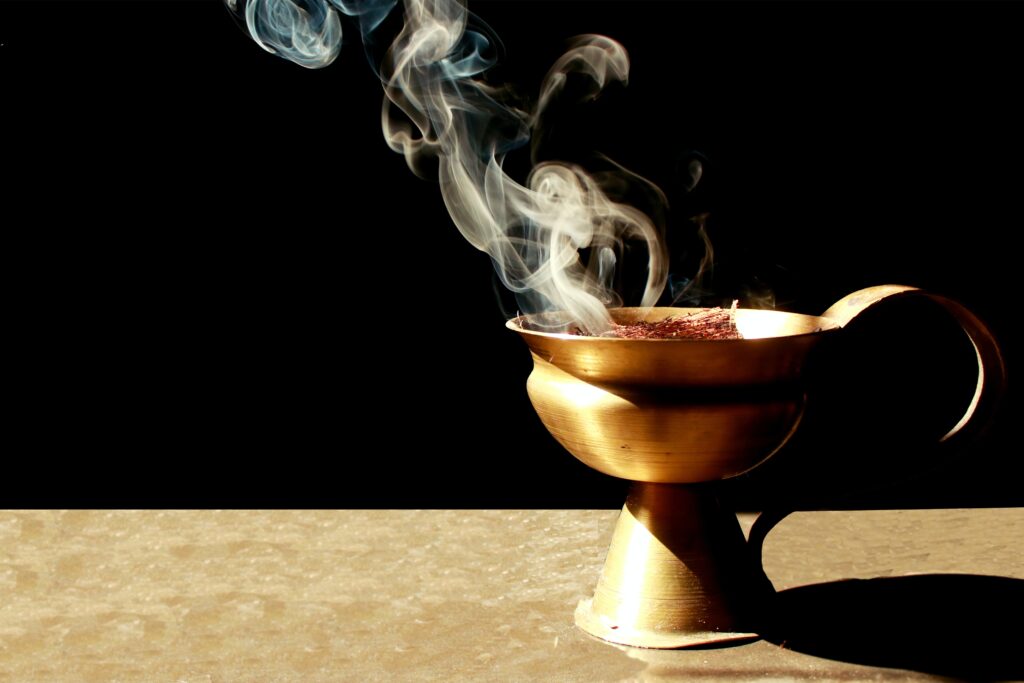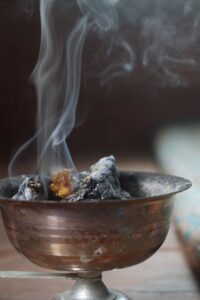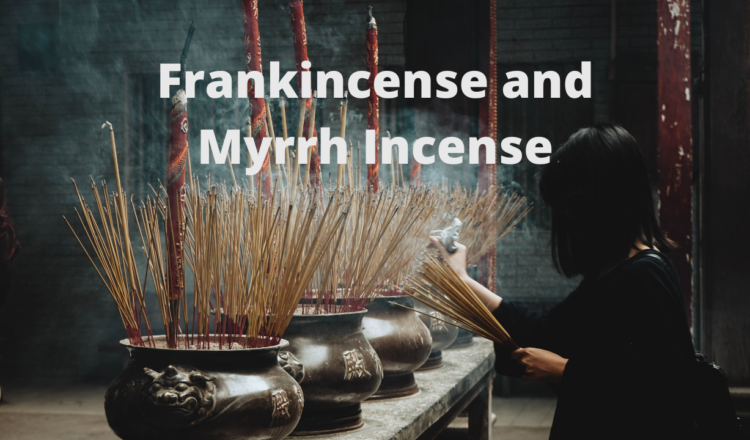Delving into the world of incense, few names stand out as prominently as Frankincense and Myrrh. These ancient resins, with their intoxicating fragrances, have played pivotal roles in religious ceremonies, medicinal applications, and aromatherapy for centuries. This blog post will guide you through the historical importance, benefits, and modern-day usage of Frankincense and Myrrh incense.

The Historical Significance of Frankincense and Myrrh
Both these resins have storied pasts intertwined with spirituality and commerce:
- Biblical References: Famously gifted to the newborn Jesus, symbolizing their value in ancient times.
- Ancient Egypt: Used in religious ceremonies and the embalming process.
- Silk Road: Transported as prized commodities along these famous trading routes.
 The Resins Defined: What Are Frankincense and Myrrh?
The Resins Defined: What Are Frankincense and Myrrh?
Both Frankincense and Myrrh are gum resins extracted from specific trees:
- Frankincense: Harvested from the Boswellia tree, its name derives from the term „franc encens,“ which means high-quality incense in Old French.
- Myrrh: Comes from the Commiphora species. It’s been valued for its woody and slightly sweet aroma.
Therapeutic Benefits of Burning Frankincense and Myrrh
Beyond their cultural and religious significance, these resins offer myriad health benefits:
- Relaxation: The scents promote a calm atmosphere, aiding in meditation and stress relief.
- Antibacterial Properties: When burned, they release compounds that purify the air and eliminate bacteria.
- Anti-inflammatory Effects: Traditionally used in medicine for their healing properties, particularly in oral health.
Using Frankincense and Myrrh Incense Today
In the contemporary world, these age-old resins have found various applications:
- Spiritual Practices: Still widely used in church services and meditation sessions.
- Aromatherapy: Popular in spas and wellness centers to promote relaxation.
- Home Fragrance: Many burn the resins at home to enjoy the scent and purify their living spaces.
 Tips for Buying Quality Resins
Tips for Buying Quality Resins
When purchasing Frankincense and Myrrh:
- Origin: Genuine Frankincense usually comes from Oman, Somalia, or Yemen, while Myrrh is often sourced from Northeast Africa.
- Appearance: Frankincense should be pale, almost translucent tears, whereas Myrrh generally appears as darker, irregular pieces.
- Storage: Keep in a cool, dry place in an airtight container to retain their aroma and properties.
Conclusion
Frankincense and Myrrh are not mere relics of the past but continue to enrich our lives with their aromatic and therapeutic properties. As you light these resins, let their ancient aromas transport you to bygone eras, reminding you of the timeless allure of nature’s fragrant gifts.



